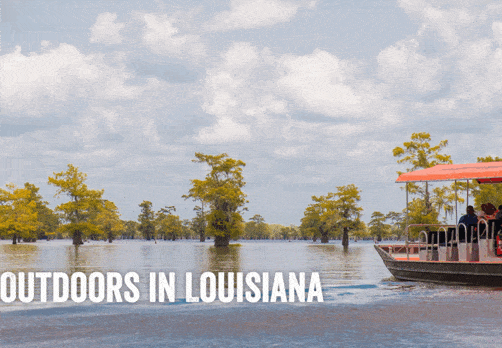Climate Change Map, Country League Table Published
A risk mapping specialist has published a new report looking at climate change risks in every country around the world.
The report includes a unique risk index, which measures vulnerability to climate change at a subnational level. The findings of the report show that the highest levels of climate change vulnerability are located in middle and eastern Africa and southern Asia.
Countries with the lowest levels are predominantly located in the developed world. The risk indices and country scorecards in the report are designed to help decision makers in business, government and international organisations assess climate change risks, right down to the level of individual locations and regions. New report measures vulnerability to climate change around the world
HIGHEST RISK COUNTRIES:
1 Comoros 1.21
2 Somalia 1.36
3 Burundi 1.52
4 Yemen 1.72
5 Niger 1.74
6 Eritrea 1.97
7 Afghanistan 1.99
8 Ethiopia 2.15
9 Chad 2.22
10 Rwanda 2.23
11 Haiti 2.24
12 Pakistan 2.25
13 Sudan 2.63
14 Kenya 2.65
15 Uganda 2.68
16 Djibouti 2.69
17 Nepal 2.77
18 Burkina Faso 2.81
19 Mali 2.84
20 Mauritania 2.84
LOWEST RISK COUNTRIES:
150 Estonia 7.49
151 Hungary 7.49
152 Austria 7.81
153 Germany 7.82
154 Luxembourg 7.84
155 Iceland 7.94
156 Japan 7.95
157 United Kingdom 8.06
158 USA 8.08
159 Switzerland 8.11
161 France 8.26
162 New Zealand 8.33
163 Finland 8.34
164 Sweden 8.40
165 Denmark 8.41
166 Norway 8.64
167 Ireland 8.65
168 Canada 8.81
In its most recent report, the Intergovernmental Panel on Climate Change (IPCC) concluded for the first time that warming of the climate system is “unequivocal†and that human activity is primarily to blame. Climate change is now seen as one of the defining challenges of the 21st century – and as a global risk with impacts far beyond the environment.
The interdependencies between global risks mean that ineffective mitigation of climate change will make the world more vulnerable to other risks such as energy price shocks, food and water insecurity, infectious diseases, displacement, political instability and even conflict. In combination, these risks reinforce one another and threaten to undermine development in Africa and other low and middle income regions, as well as
global economic growth.
Climate change vulnerability can be defined as a combination of factors that influence the capacity of individuals, communities, economies and societies to mitigate the
risks from climate change. The extent to which a change in the intensity/distribution of natural hazards or a change in ecosystems as a result of climate change will impact human society is directly linked to the extent to which it is vulnerable to those changes.
Even an immediate and dramatic cut in global greenhouse emissions would not prevent further impacts on the climate, so it is vital to understand which countries and ecological and socioeconomic systems are most vulnerable to climate change.
Vulnerability is likely to be the major determinant of climate change risk over the short and medium term (<10 years) and can be influenced directly by policymakers and business. To help decision makers assess vulnerability to climate change for specific locations and regions, Maplecroft has developed a unique subnational index of climate change vulnerability. The index takes into account factors of climate change vulnerability from six groups: economy; natural resources and ecosystems; poverty, development and health; agriculture; population, settlement and infrastructure; and institutions, governance and social capital. Dr Andy Thow, one of the authors of the report, said, “we hope that the results of the vulnerability analysis will help governments, international organisations and businesses to mitigate the impacts of climate change by incorporating more detailed and accurate risk assessment in their strategy and planningâ€.
For further info:
Valere Tjolle
 United Kingdom
United Kingdom United States
United States Asia Pacific
Asia Pacific












































BA suspending all Heathrow to Abu Dhabi flights
Turkish Airlines flight in emergency landing after pilot dies
Unexpected wave rocks cruise ship
Woman dies after going overboard in English Channel
Foreign Office issues travel advisory for winter sun destinations